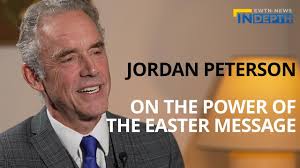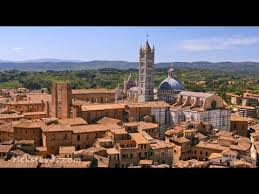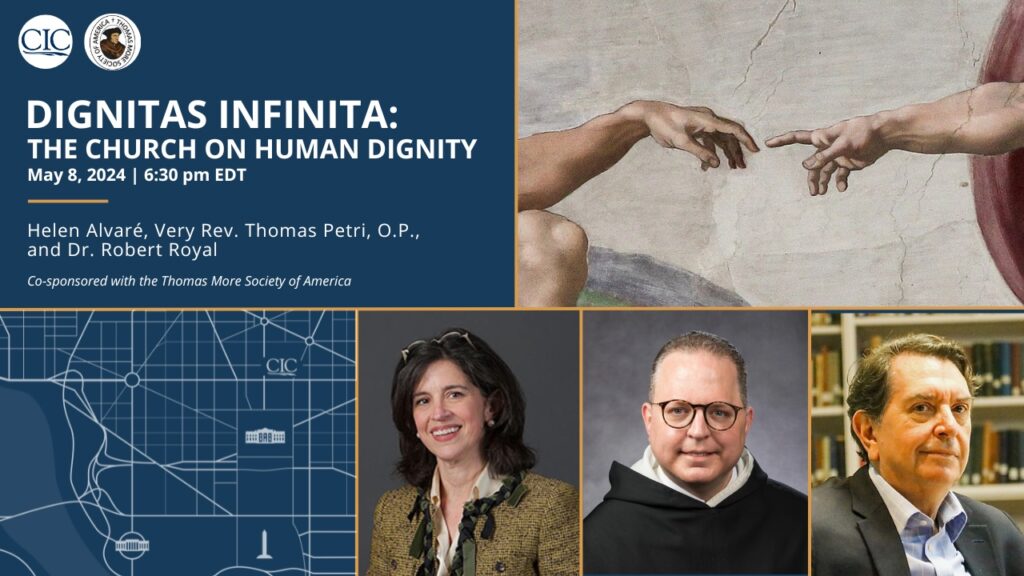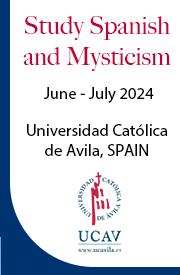In the period just after Christ’s Resurrection, St. Peter speaks to a crowd in Jerusalem about how God had “brought to fulfillment what He had announced beforehand through the mouth of all the prophets, that His Christ would suffer.” (Acts 3:18)
He made those remarks after having healed a lame beggar “in the name of Jesus Christ” at 3:00 PM – the hour of God’s Mercy – at the Temple’s “Beautiful Gate.” He also reminds them of their complicity – perhaps as members of the Good Friday crowd in Pilate’s courtyard, certainly as sinners – for having “denied” Christ and “handed Him over” to death. The mention of denial is also a veiled self-indictment. But Peter also mitigates their responsibility, having “acted out of ignorance, just as your leaders did.”
These words represent an extraordinary conversion, almost an exorcism for St. Peter. This was the man whom Christ called “Satan” and ordered to “get behind me” (Matthew 16:23) for having expressed the wish Jesus not suffer.
The healing occurred as Peter and John were on their way to afternoon prayer. Those two – along with brother James – were even more frequently the recipients of an injunction also addressed to the whole apostolic band to keep silent about Jesus’s miracles “until the Son of Man is raised from the dead.” That call for silence – the “Messianic Secret” – features often in this year’s Sunday Gospels because of its prominence in Mark.
Jesus’s “Messianic Secret” is neither excessive humility nor a public relations tactic. Jesus pledges His Apostles to secrecy because He is aware that the “Christ must suffer” as an intrinsic part of His Mission. But that inescapable reality collided head-on with Jewish expectations (which the Apostles shared) of the Messiah as a glorious victor who vindicates Israel, without the detour through Calvary.
As Biblical commentator Leopold Sabourin has noted, the Messianic Secret was a necessary, if temporary (“until the Son of Man is raised from the dead”) measure. Only once Jesus is raised can He be understood as Messiah on His terms. Until that happens – until their very Jewish expectations of an impassibly victorious Messiah are converted to the reality of a Messiah who dies, and on a cross (Deuteronomy 21:22-23) – Jesus’s Mission will always be impeded by false hopes as much as the “stumbling block” of Peter’s “God forbid!”
For Peter to move from “no such thing shall ever happen to you” to “His Christ must suffer” is as radical a conversion as the one he demands of his audience. It is also one Jesus Himself teaches. His exegesis on the road to Emmaus, just as His remedial Old Testament lesson in the Upper Room the first Easter, focused on “how slow of heart [you are] to believe all that the prophets spoke! Was it not necessary that the Messiah should suffer these things and enter into His glory? (Luke 24:25-26, 44-47).
Peter had to be converted to a new way of thinking about suffering. So, too, does our age.
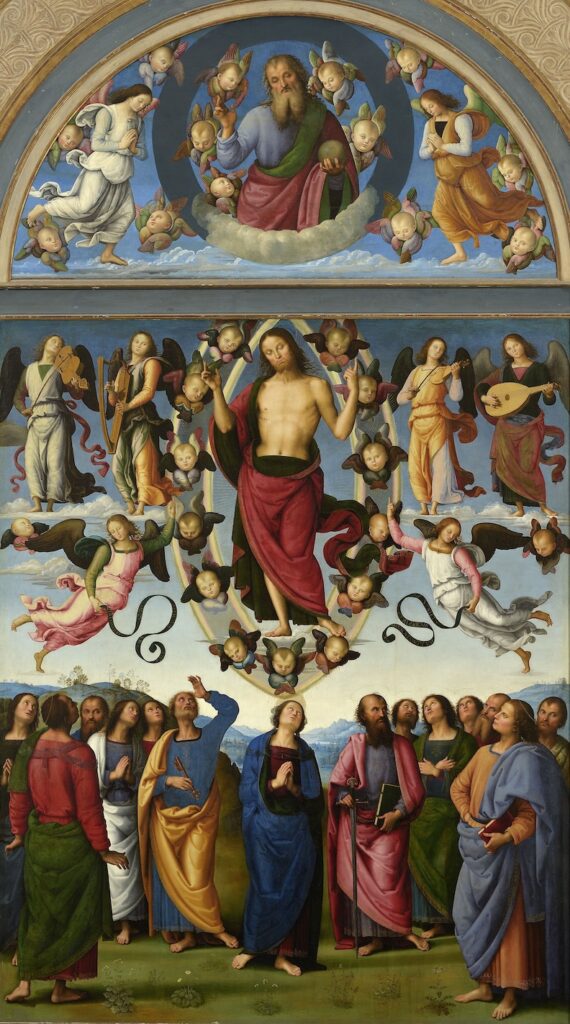
In one sense, Peter is a very modern man. Suffering, we are convinced, is something to be avoided. Suffering is something utterly incompatible with the dignity of the Messiah.
On the other hand, Peter is a religious Jew. Suffering is not merely senseless, as our contemporaries might claim. It is a consequence of, a punishment for, sin. Remember the question of the Apostles on encountering the man born blind? “Rabbi, who sinned, this man or his parents?” And while that Jewish heritage also included an innocent sufferer named Job, the drawing of a simplistically straight line between sin and suffering was the far more prevalent “theological paradigm” of the times.
Modernity requires its own conversion – indeed, its own exorcism – when it comes to suffering. In several ways, it must be even more thoroughgoing than Peter’s, because he at least recognized that suffering, sickness, sin, and death were all somehow interrelated to the internal disunity and fallen state of human beings.
The modern world, by contrast, denies the ample evidence of human fallenness before its very eyes, insisting that human beings or at least those who see no need for a Calvary – like “the right side of history” or the “arc of justice” – will automatically set things right.
In such a world, suffering is senseless. To the degree its source is internal disunity, it’s only the heavy yoke of our biology offending our “dignity” which human reason can remedy. “Better, more dignified life through technology” – like Dr. Kevorkian’s death machine or state-sponsored “medical assistance in dying.” It’s not just reasonable; it’s a human right!
Peter’s conversion comes from his discovery, even as he cowered under some rock maybe nearby Calvary, that every project of human “dignity” based on “human autonomy” ultimately crashes and burns. The remedy lies not in “death with dignity,” but in Him who conquered death and all its pre-mortal consequences. The One who conquered it in suffering, not by avoiding the road to suffering, as Peter once counseled, who gives our suffering, and our ability to “offer it up,” meaning.
Only He, John Paul II wrote, echoing Vatican II, “fully reveals man to himself” and the meaning of his life. The meaning of man and his life is not just equally valid choices to be made by autonomous individuals, much less something they can actively “define” as a fundamental act of their freedom, at the “heart of [their] liberty.”
As we see in Peter, it is a choice between Heaven’s and Hell’s vision of man, the vision of the “Author of Life” (Acts 3:15) versus the Evil One who trafficked in death “from the beginning.” (John 8:44)
Which brings us back to the choice Yahweh put before Israel and everyman: “I have set before you life and death, the blessing and the curse. Choose life.” (Dt 30:19). And, as Jesus told Martha and as Peter now understands – Life is not so much a concept as a Person. (John 11:25; 14:6)
__________


